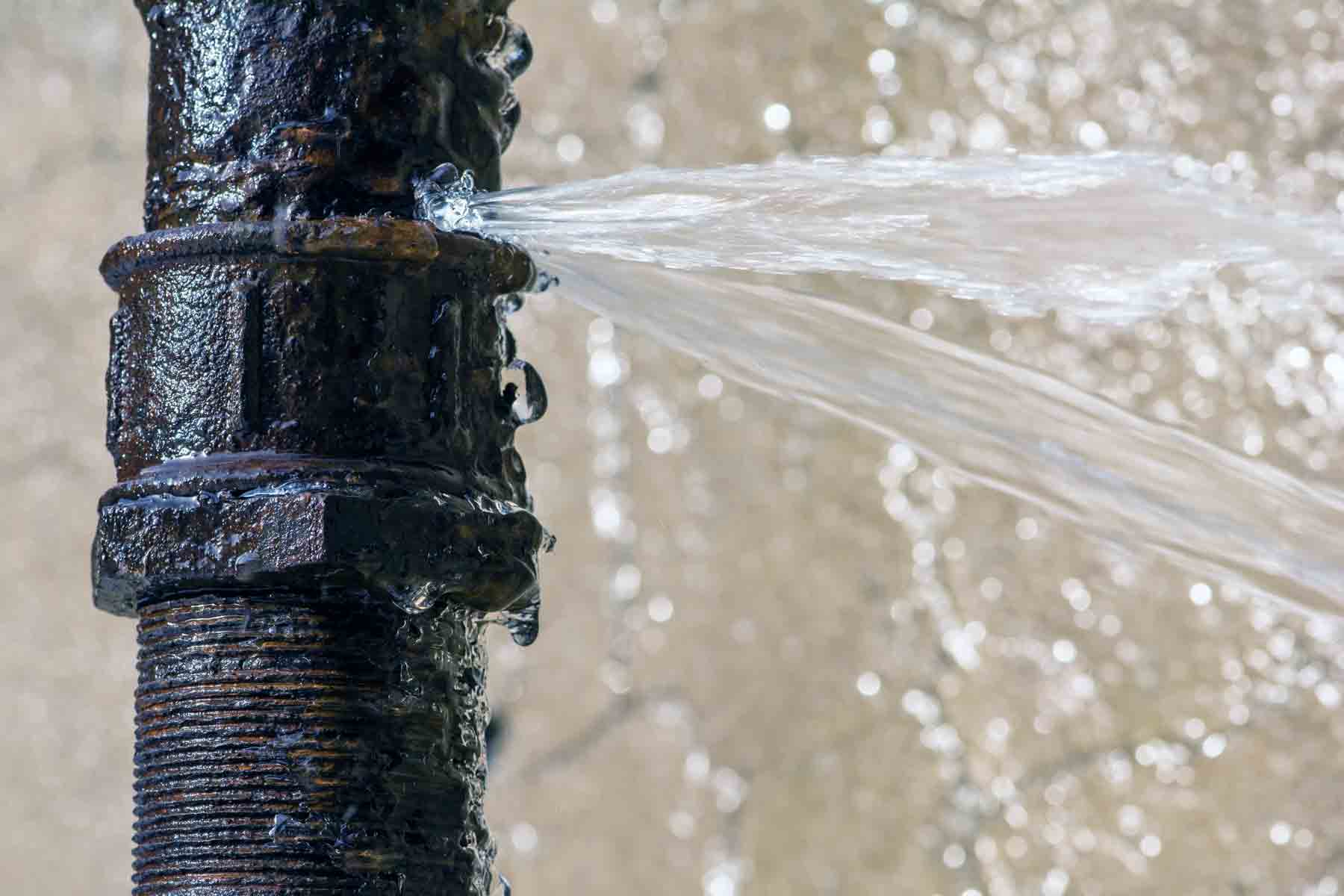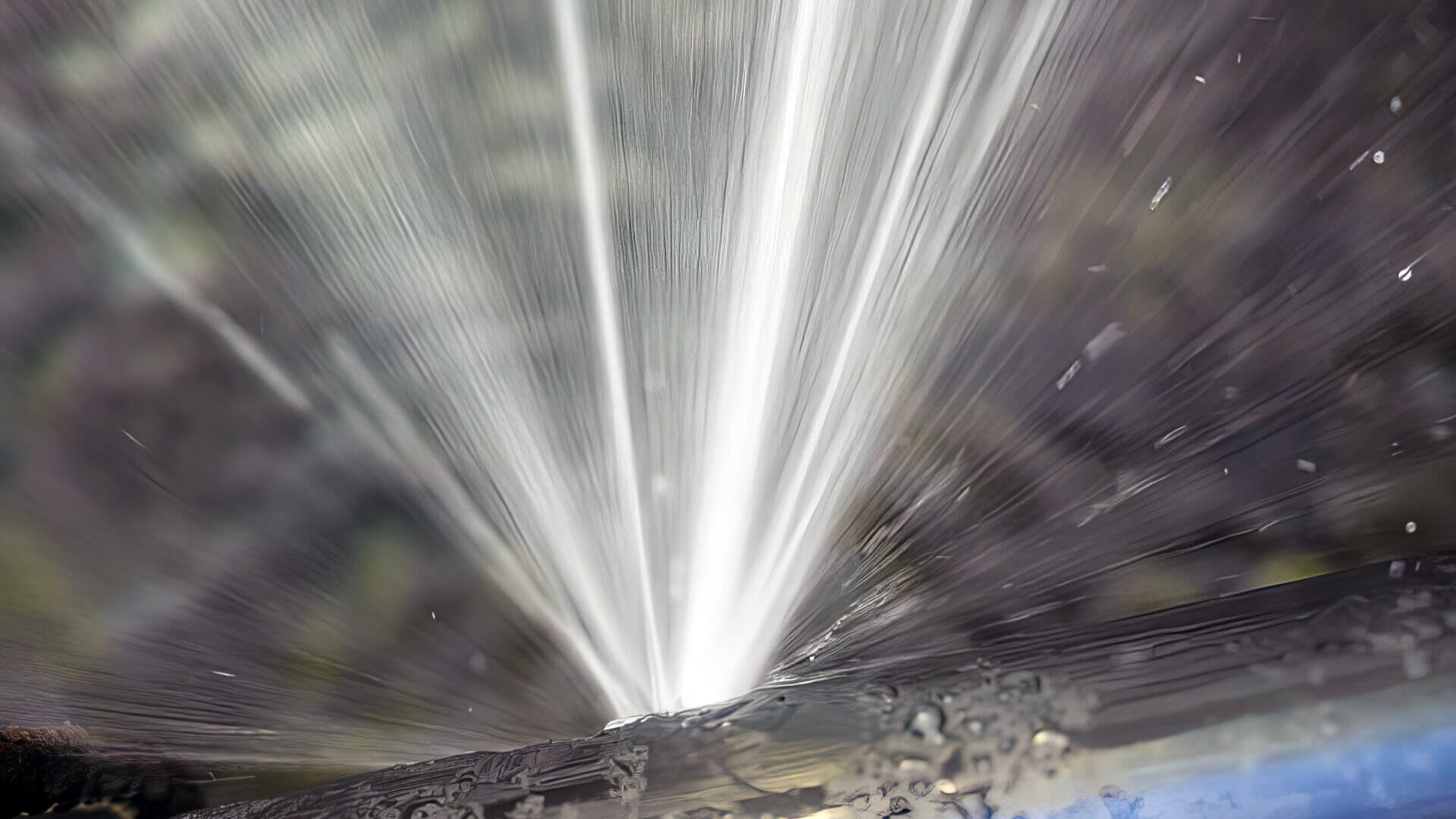Protecting Against Ruptured Water Lines: Important Tips to Shield Your Pipes
Avoiding burst pipes is a crucial problem for property owners, specifically throughout chillier months when the risk of cold is heightened. Implementing tactical actions such as appropriate insulation, routine inspections, and keeping consistent interior temperature levels can dramatically reduce the likelihood of pipe failing.
Understand Pipeline Vulnerabilities
Understanding pipeline vulnerabilities is important for efficient pipes maintenance and protecting against pricey damage. Numerous factors contribute to the sensitivity of pipelines to bursts, including product composition, age, and environmental problems. Older pipes, especially those made from galvanized steel or polybutylene, usually degrade in time, leading to raised risk of ruptures and leaks.
Temperature variations can likewise substantially effect pipe integrity. In chillier climates, water entraped in pipelines can ice up, putting in and expanding pressure on the pipe walls, which may inevitably bring about a ruptured. In addition, high water pressure can strain pipes, specifically at joints and bends, enhancing the chance of failure.

Insulate Piping Appropriately
Proper insulation of pipes is vital for protecting against cold and subsequent bursts during winter (burst pipe). Protecting your pipes system efficiently safeguards versus temperature drops that can cause expensive damage. Begin by recognizing prone locations where pipes are revealed to exterior temperature levels, such as basements, attic rooms, and outside walls
Use foam pipeline insulation sleeves or wrap insulation tape around these locations to offer a safety barrier. Make sure that all sections of the pipes, particularly those with restricted heat direct exposure, get ample insulation. Pay unique interest to installations and joints, as these are a lot more susceptible to freezing.
When insulating, it's necessary to pick materials that fulfill neighborhood building codes and are appropriate for the details setting. As an example, fiberglass insulation is frequently recommended for its thermal resistance residential or commercial properties - burst pipe. In addition, take into consideration using warm cords or tape in severe problems, which can be plugged in to supply supplemental heat
Routinely examine shielded pipes for any kind of indications of wear or damage, as compromised insulation can diminish its effectiveness. By taking these aggressive steps, you dramatically reduce the risk of pipeline bursts, making certain a trustworthy pipes system throughout the winter months.
Maintain Constant Temperature Level
A steady interior temperature level is necessary for preventing ruptured pipelines throughout the freezing months. When temperature levels decline, water within pipes can freeze, creating and expanding stress that may eventually trigger the pipelines to burst. To reduce this risk, homeowners must maintain original site a regular temperature throughout their space, preferably no reduced than 55 ° F(13 ° C)Using a programmable thermostat can aid handle interior temperatures successfully, guaranteeing that rooms with pipes continue to be cozy also when your home is empty. Pay unique interest to locations that are more vulnerable to cool, such as cellars, attics, and garages. Keeping closet doors open under sinks can additionally enable warmer air from the home to circulate around plumbing.
This small flow of water can stop cold by easing pressure within the pipes. By implementing these techniques, homeowners can dramatically minimize the risk of pipe ruptureds and protect their plumbing systems against the severe winter season elements.
On A Regular Basis Evaluate Plumbing
Normal inspections of pipes systems are essential for stopping ruptured pipes and maintaining total home stability. Regular checks allow house owners to determine prospective issues prior to they escalate into costly repairs or significant water damage. Throughout these assessments, it is necessary to take a look at noticeable pipelines for signs of rust, leakages, or wear. Pay unique interest to areas vulnerable to cold, such as cellars, attics, and outside wall surfaces.
Furthermore, checking links and joints is vital, as these points are commonly at risk to leakages. House owners need to likewise examine water pressure levels, as excessive pressure can stress the pipes system and raise the threat of pipe ruptureds.
Consider organizing specialist plumbing inspections at the very least when a year, particularly before winter months, to ensure your system is prepared for chillier check it out temperature levels. By being positive in your strategy, you can safeguard your home versus the turbulent and expensive repercussions of burst pipelines.
Know Emergency Situation Procedures
Recognizing emergency procedures is vital for each property owner, specifically after conducting regular plumbing inspections. Being gotten ready for a plumbing emergency can dramatically mitigate damages and conserve costs. Find your main water shut-off shutoff; it is normally located near the water meter or where the main line enters your home. Acquaint on your own with its operation, as turning off the supply of water swiftly can avoid substantial flooding.
Following, keep crucial tools helpful. A plumbing emergency set ought to include a wrench, plunger, and additional hints towels, in addition to a flashlight and a pail for little leaks. Additionally, think about having the get in touch with info for a relied on plumbing easily available, must the scenario escalate beyond your control.
If you identify a leak or ruptured pipeline, immediately switch off the water supply and alert your plumber. Additionally, record the damages with pictures for insurance coverage functions. burst pipe. Be mindful of the signs of prospective pipes issues, such as uncommon water pressure fluctuations or damp areas on wall surfaces
Ultimately, positive knowledge and quick activity are essential in taking care of pipes emergencies, guaranteeing your home continues to be secured and decreasing potential damage.

Conclusion
In conclusion, protecting against burst pipelines necessitates a complex technique that includes understanding pipe vulnerabilities, proper insulation, preserving regular indoor temperatures, regular inspections, and understanding of emergency situation treatments. By applying these crucial strategies, the danger of plumbing failings can be substantially lowered, consequently making certain the durability and performance of the plumbing system. Proactive steps not just safeguard versus potential damage but likewise add to overall water conservation and the security of building.
In chillier environments, water trapped in pipelines can ice up, exerting and increasing stress on the pipe wall surfaces, which may inevitably lead to a ruptured. When temperatures decrease, water within pipelines can freeze, increasing and producing stress that may inevitably cause the pipelines to ruptured. By carrying out these techniques, property owners can dramatically minimize the threat of pipeline bursts and guard their pipes systems against the extreme winter season components.
